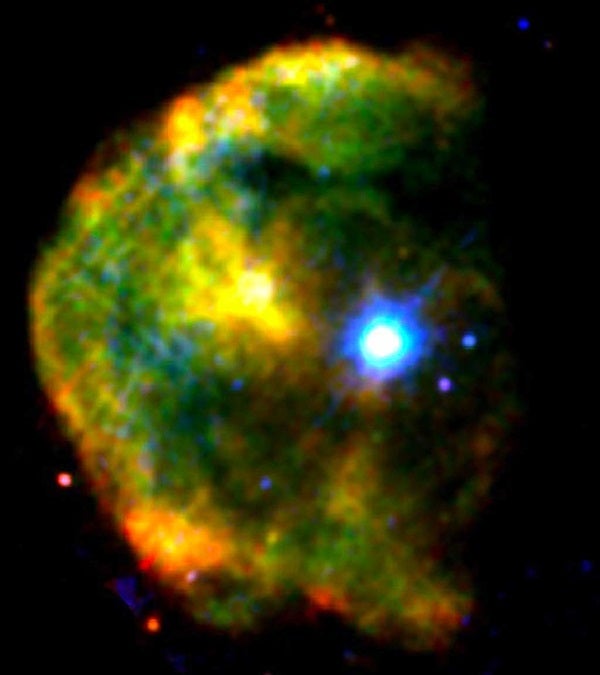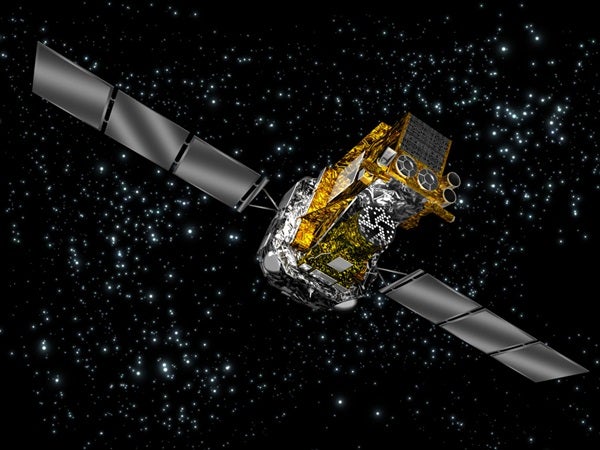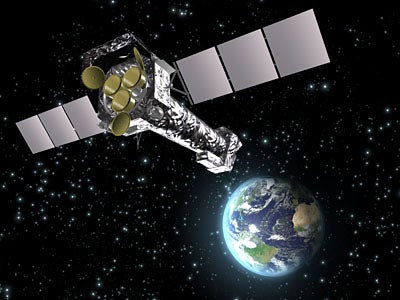X-ray and gamma-ray data from the European Space Agency’s (ESA) XMM-Newton and Integral orbiting observatories tested, for the first time, the physical processes that make magnetars, an atypical class of neutron stars, shine in X rays.
Magnetars are different from ordinary neutron stars because their internal magnetic field is thought to be strong enough to twist the stellar crust. Like in a circuit fed by a gigantic battery, this twist produces currents in the form of electron clouds that flow around the star. These currents interact with the radiation coming from the stellar surface, producing X rays.
Until now, scientists could not test their predictions because it is not possible to produce such ultra-strong magnetic fields in laboratories on Earth.
To understand this phenomenon, a team led by Nanda Rea from the University of Amsterdam used XMM-Newton and Integral data to search for these dense electron clouds around all known magnetars, for the first time.
The team is now working to develop and test more detailed models on the same line to fully understand the behavior of matter under the influence of such strong magnetic fields.
Neutron stars are remnants of massive stars that have collapsed under their own weight on to themselves. Massive stars are 10-50 times as massive as our Sun. Made almost entirely of neutrons (subatomic particles with no electric charge), these stellar corpses concentrate more than the mass of our Sun within a sphere about 12 miles (20 kilometers) in diameter.
They are so compact, a teaspoon of a neutron star would weigh about one hundred million tons. Neutron stars have a strong magnetic field and rotate rapidly.
In comparison, one would need 10 million-million commonly-used hand magnets to generate a comparable magnetic field. Most media used for data storage, for example, would be erased instantly if exposed to a magnetic field a mere million-million times weaker.
So far, about 15 magnetars have been found. Five of them are known as soft gamma repeaters (SGRs) because they sporadically release large, short bursts lasting about 0.1 second of low-energy gamma rays and hard X rays. The other magnetars are associated with anomalous X-ray pulsars (AXPs). Although SGRs and AXPs were first thought to be different objects, we now know that they share many properties and that their activity is sustained by their strong magnetic fields.












